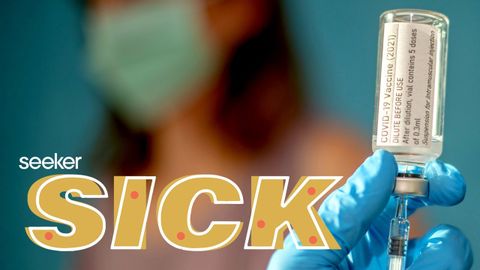ワクチンを接種した後、数分、数時間、数日後に何が起こるのか? (What Happens in the Minutes, Hours, and Days After You Get a Vaccine?)
Summer が 2021 年 07 月 02 日 に投稿  この条件に一致する単語はありません
この条件に一致する単語はありませんUS /pɚˈspɛktɪv/
・
UK /pə'spektɪv/
US /ɪˈkwɪvələnt/
・
UK /ɪˈkwɪvələnt/
- adj.同等の;同義の
- n.等価 : (効果 : 価値などが)同等のもの
US /ˈprɑsˌɛs, ˈproˌsɛs/
・
UK /prə'ses/
- v.t.(コンピュータの)データを処理する;処理する;処理する;一連の工程を経る;加工する : 加工処理する;理解する
- n. (c./u.)手続き;一連の行為;方法;訴訟手続き;プロセス (コンピューター)
エネルギーを使用
すべての単語を解除
発音・解説・フィルター機能を解除
